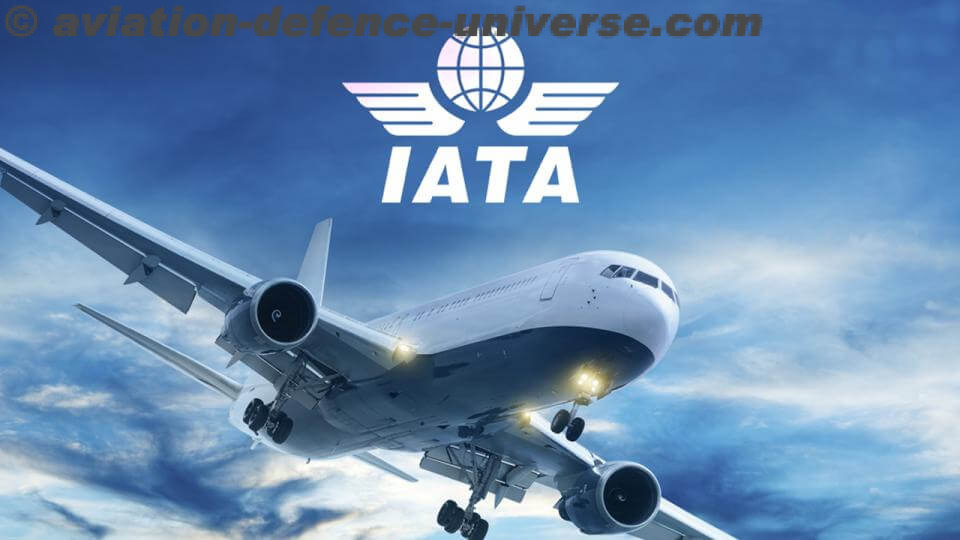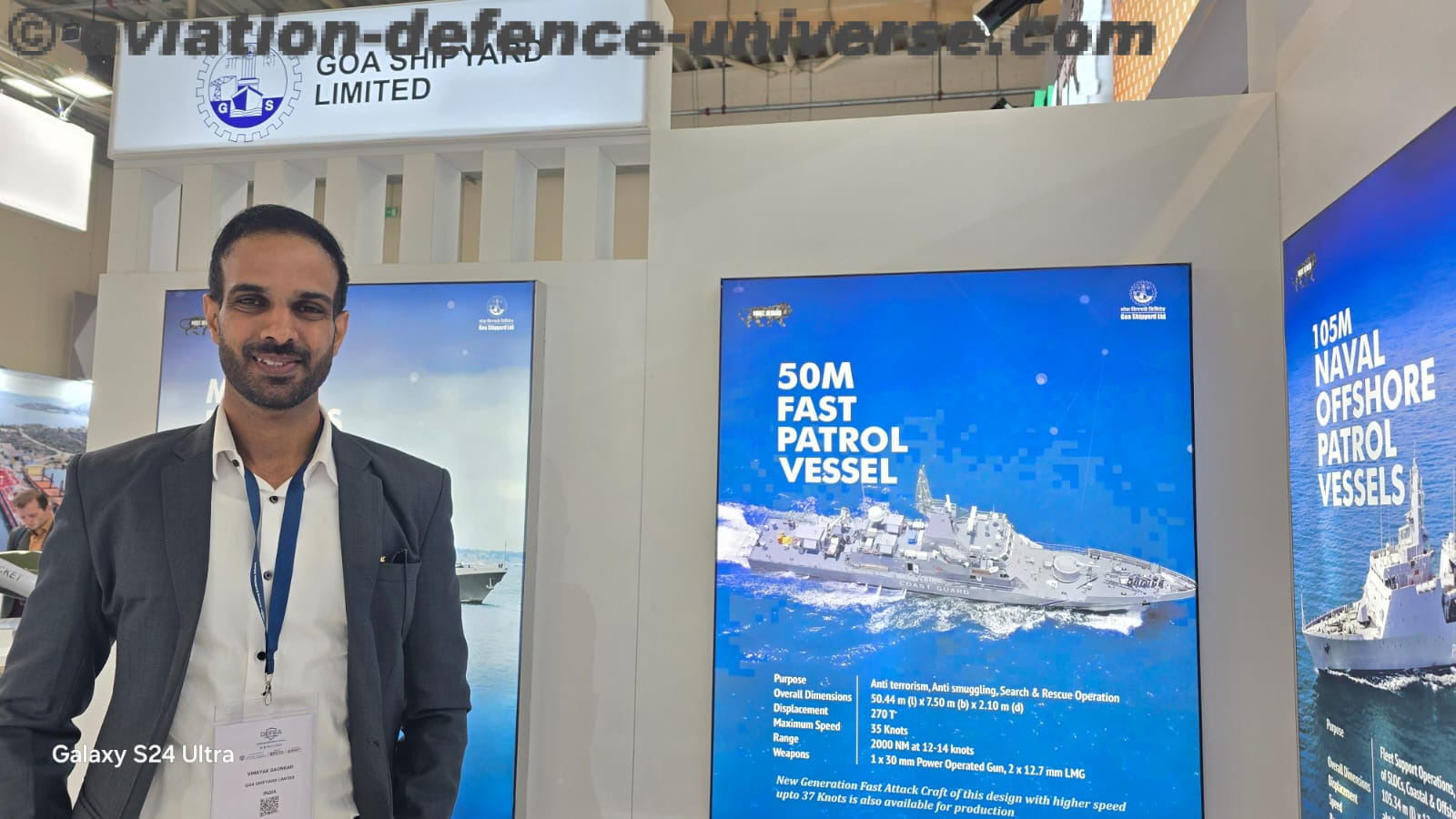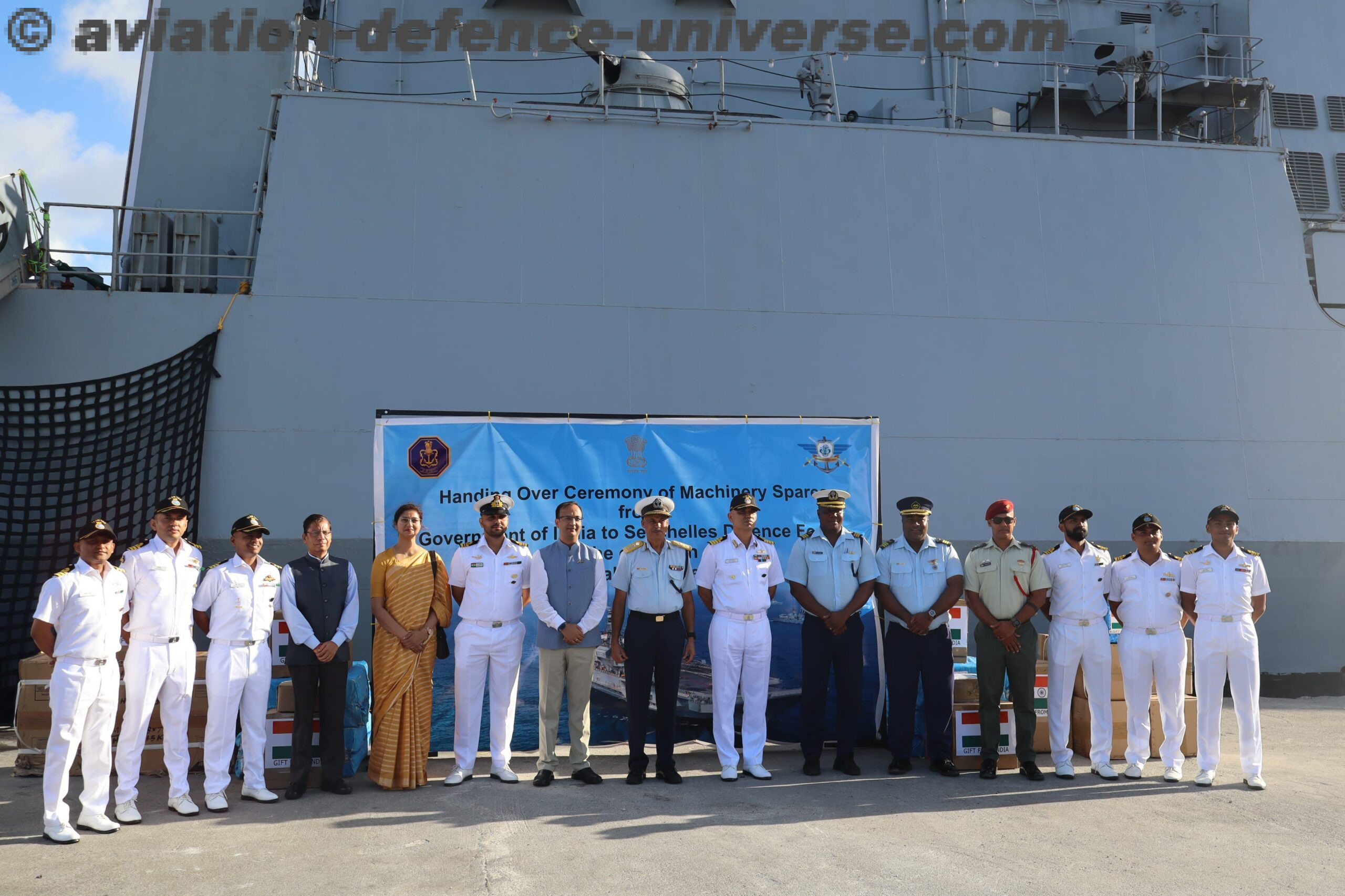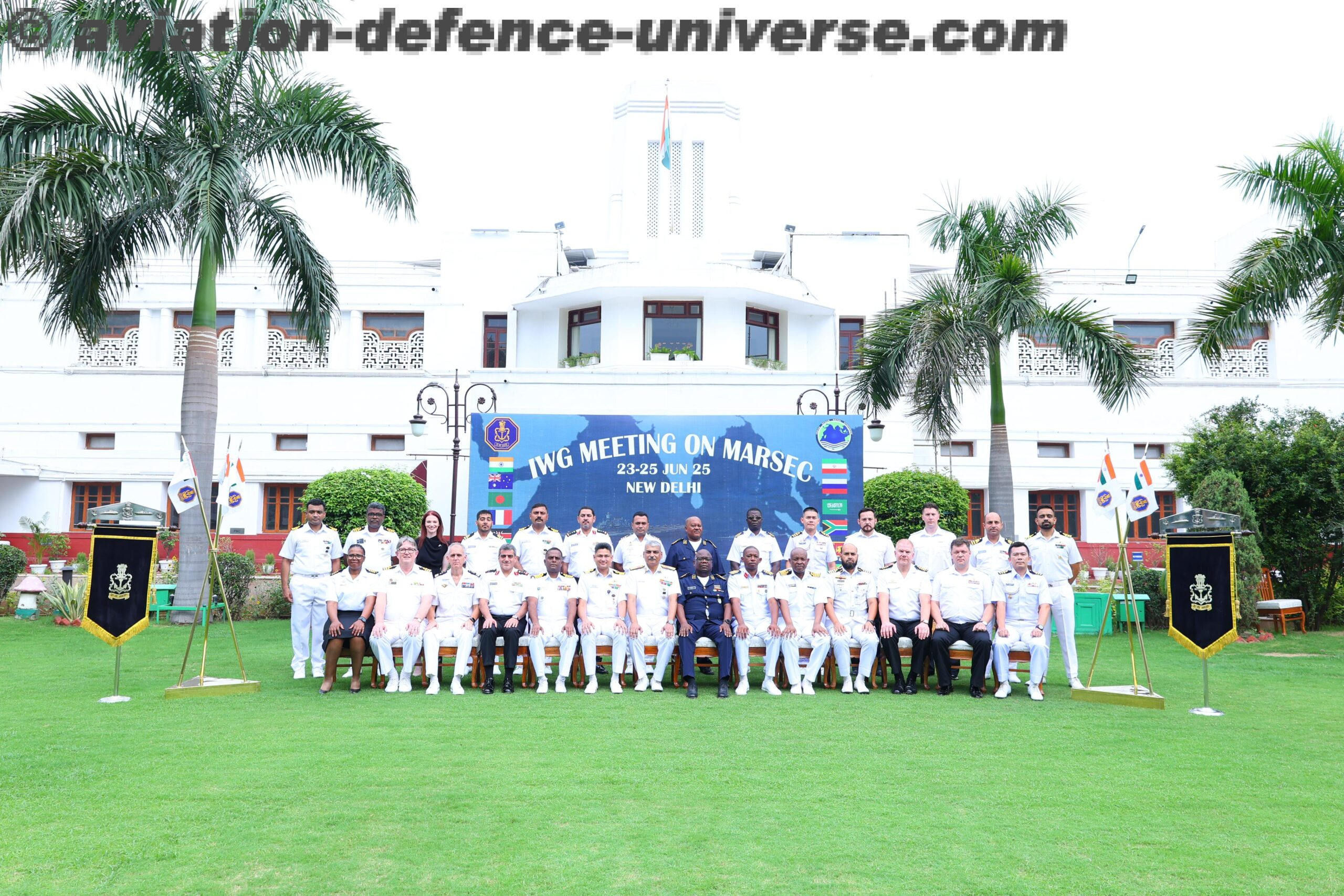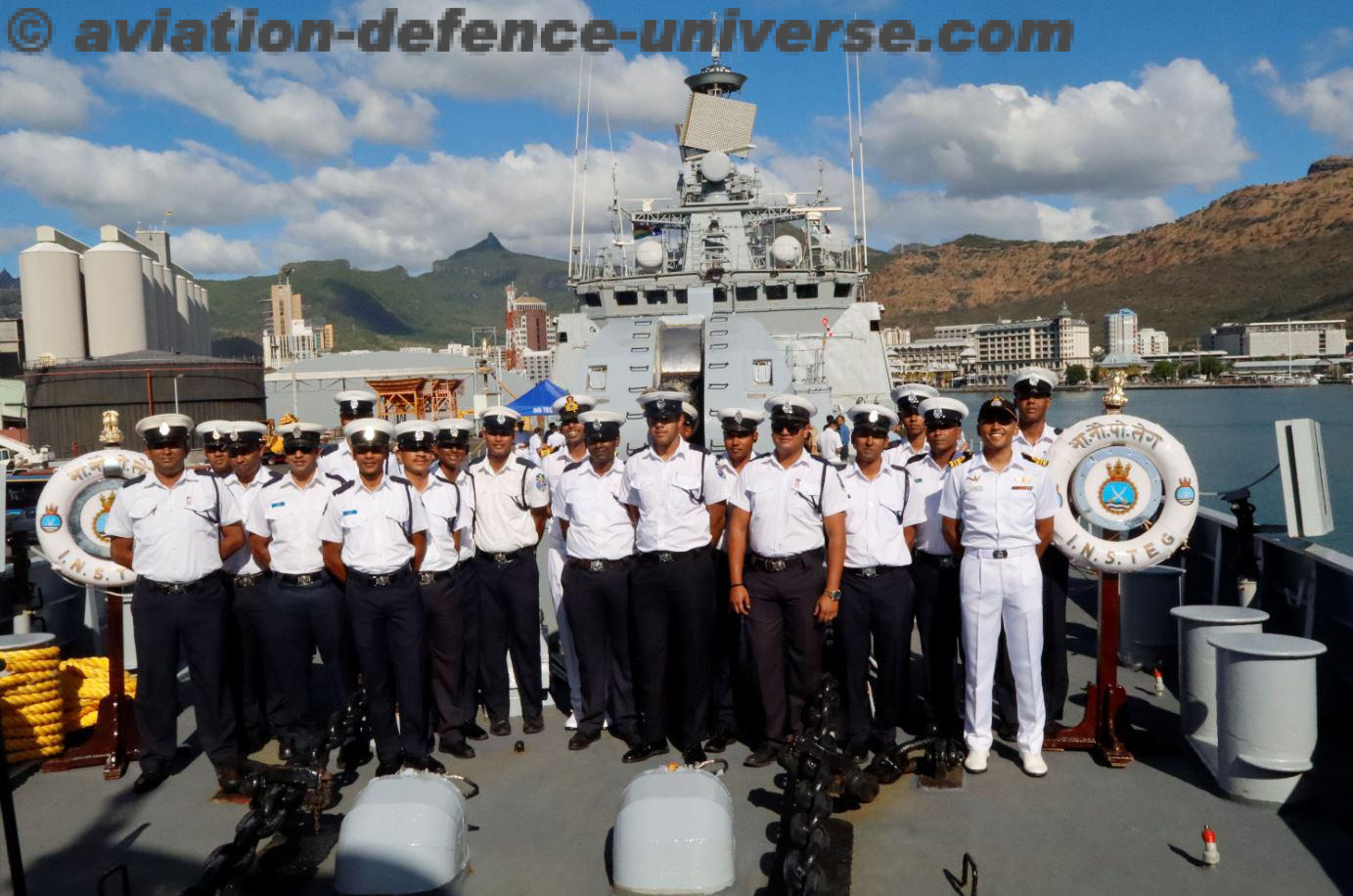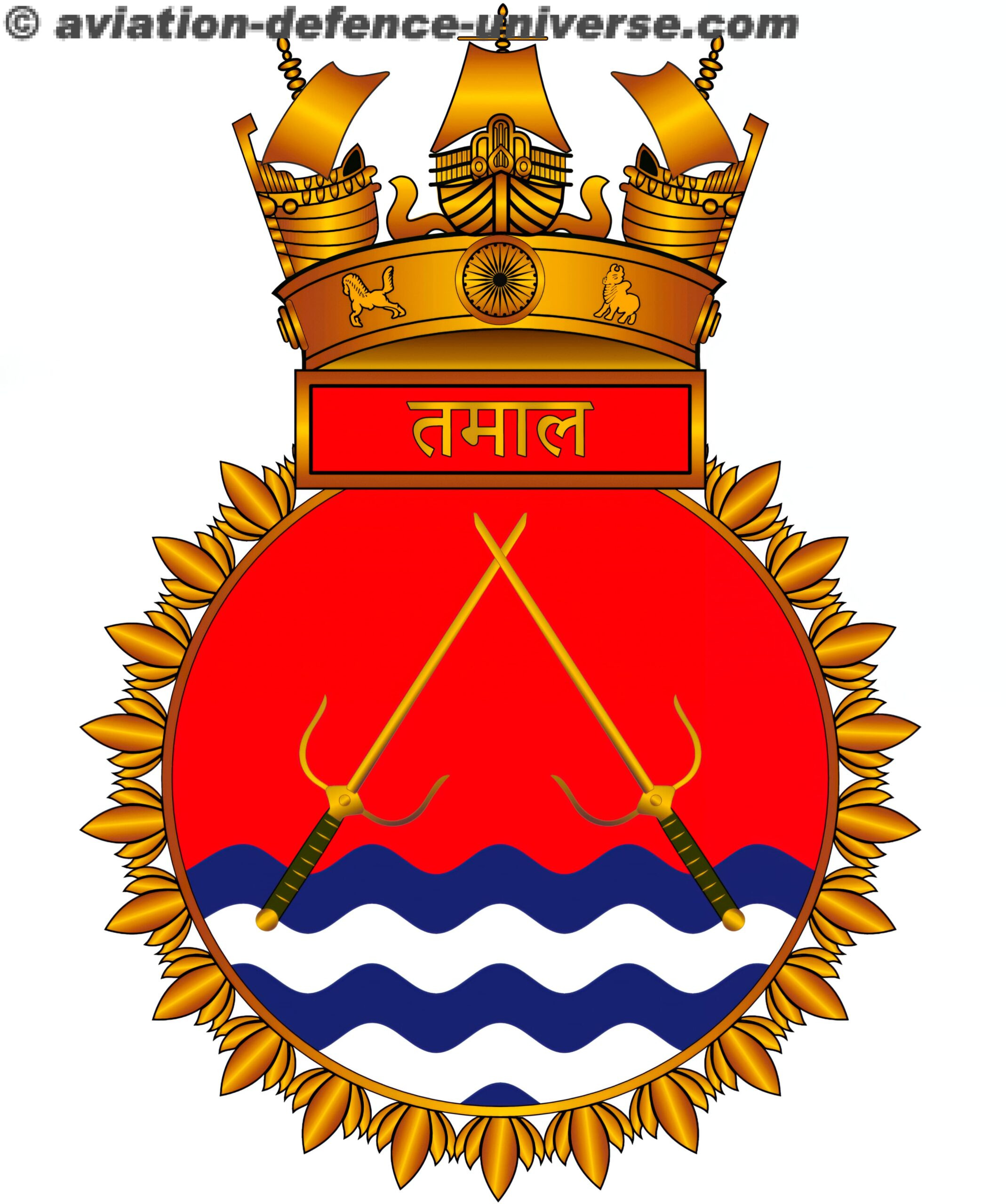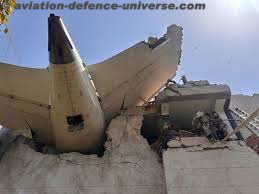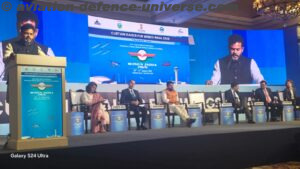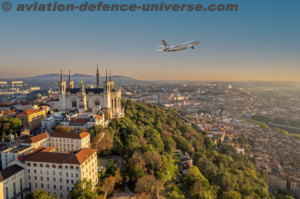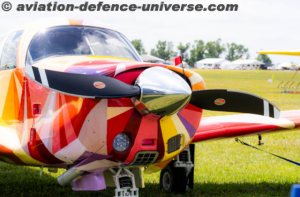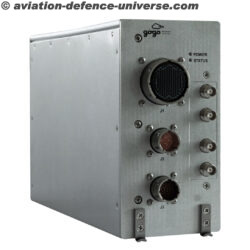Bangkok. 19 February,2016. The International Air Transport Association (IATA) called on the government of Thailand to address urgently safety, capacity and cost issues to keep Thailand’s aviation sector competitive.
“Aviation is critical to Thailand’s economic success. It is the backbone of the tourism industry and provides critical global business links. We estimate that today aviation and related activities account for some 2 million Thai jobs and generate $29 billion in GDP. And by 2035 we could see that grow to 3.8 million jobs and $53 billion in GDP. If realized, that potential 83% growth would have a broad and positive impact across the Thai economy. It is in jeopardy, however, unless key issues of safety, capacity and costs are addressed urgently” said Tony Tyler, IATA’s Director General and CEO.
Safety oversight concerns raised by both the International Civil Aviation Organization (ICAO) and the US Federal Aviation Administration (FAA) must be addressed. The US FAA ranks Thailand in Category 2 of its International Aviation Safety Assessment program.
“These assessments look at what the government is doing—not the airlines. Thai Airways and Bangkok Airways are IATA members and, along with Thai Lion Air and Orient Thai Airlines are on the registry of the IATA Operational Safety Audit (IOSA). This demonstrates that they are operating to the highest global standards for operational safety. ICAO and the US FAA have pointed out safety oversight concerns and divergence from global standards at the government level. Safety is aviation’s top priority. The Government of Thailand must address these concerns in support of a vibrant aviation sector that is the backbone of travel and tourism,” said Tyler.
IATA also asks Thailand to mandate IOSA as a requirement for all Thai-registered airlines. “This would not absolve the government of its responsibility to do better in aligning its oversight programs to global standards. But it would send a strong signal that Thailand is serious about its commitment to world-class safety.
Bangkok needs a strong hub airport. With over 50 million annual passengers, Bangkok’s Suvarnabhumi Airport ranks amongst the top air hubs in the world. But it faces several issues which must be resolved. IATA called on the Thai Government to adopt a strategy that would concentrate traffic at Suvarnabhumi as the Thai capital’s major airport hub and address the following:
Safety concerns about “soft spots” on the tarmac, taxiways and apron area must be permanently resolved. Aircraft frequently get “stuck” in the soft surfaces that are the result of sub-standard materials. The extra power and towing needed to maneuver through these surfaces is a safety risk to ground personnel, ground vehicles and aircraft. On top of that, frequent surface repairs create congestion. “The constant resurfacing of the tarmac, taxiways and apron area with asphalt is an unacceptable patchwork solution. We literally need a “concrete” solution,” said Tyler.
- The airport also faces a capacity crunch. Suvarnabhumi is handling over 52 million passengers. This already exceeds the terminal design capacity of 45 million while demand is growing by 10% annually. Fast tracking the Phase Two terminal expansion would provide much needed terminal capacity. IATA also calls for third runway plans at Subarnabhumi to move forward. “A permanent fix for the frequent tarmac, taxiway and apron closures for resurfacing will address near-term runway capacity concerns. But a runway takes a long-time to build, so it is important that that plans for the third runway continue to move forward,” said Tyler.
- IATA called for broad stakeholder consultation in the development of a long-term masterplan to guide the development of Thailand’s airport infrastructure.
IATA called on the government to focus on improving Thailand’s cost competitiveness in transport and tourism. Thailand ranks 35th in the World Economic Forum’s Travel and Tourism Competitiveness Index, behind many of its tourism competitors—including Japan, Singapore, Hong Kong, the Mainland of China, Malaysia and South Korea.
The airline operating environment is extremely competitive. Low cost carriers account for 54% of the short-haul market in Southeast Asia. And the Gulf hubs are strong and growing competitors for long-haul traffic. “In the face of intense competition, Thailand’s aviation competitiveness is being chipped away with various new or increased taxes and charges. It is in Thailand’s long-term self-interest to review and abandon proposals that increase the cost of transportation. That includes taxes or charges,” said Tyler.

























